Description
⚙️ Key Features:
-
Fully submerged in water or other fluid.
-
Integrated hermetically sealed motor.
-
Operates quietly and efficiently.
-
Suitable for clear, groundwater, or slightly contaminated fluids.
🧪 Applications:
-
Deep well pumping
-
Groundwater dewatering
-
Boreholes and wells
-
Irrigation and drainage
-
Water tanks and sumps
🔸 Sewage Pumps
A sewage pump is a type of submersible pump specially designed to handle solid and liquid waste, including large particles and sludge.
⚙️ Key Features:
-
Capable of handling solids, fibrous waste, and sludge.
-
Equipped with vortex impellers, grinders, or cutter mechanisms to break down solids.
-
Built with robust materials for corrosion and abrasion resistance.
🧪 Applications:
-
Municipal and industrial sewage treatment
-
Septic systems
-
Drainage of wastewater from basements or pits
-
Effluent transfer and sludge handling
-
Flood control and stormwater management
✅ Benefits:
-
Compact design – No need for priming or extensive piping.
-
Safe operation – Reduced risk of motor damage due to water ingress.
-
Easy installation – Drop-in design for tanks, pits, or wells.
-
Reliable in harsh conditions – Especially in flood-prone or corrosive environments.
💧 Submersible Pumps
✅ Advantages:
-
Self-priming – Always submerged, so no need for priming.
-
Efficient operation – Reduced energy loss due to direct contact with the fluid.
-
Quiet performance – Submerged operation reduces noise and vibration.
-
Compact setup – Requires less space as it sits inside the well or tank.
-
No cavitation issues – Since it’s submerged, vapor bubbles rarely form.
❌ Disadvantages:
-
Difficult maintenance – Requires lifting the pump out for service.
-
Seal failure risk – If the seal fails, water can enter the motor and cause damage.
-
Higher installation cost – Sealing and waterproofing components can be expensive.
-
Limited to vertical lifting – Less flexible than surface pumps for horizontal piping needs.
🧱 Sewage Pumps
✅ Advantages:
-
Handles solids – Designed to process large solids, sludge, and fibrous waste.
-
Heavy-duty build – Made from corrosion- and abrasion-resistant materials.
-
Grinder/cutter options – Can break down solids to prevent pipe clogging.
-
Automated operation – Often comes with float switches and control panels.
❌ Disadvantages:
-
Clogging risk (without grinder) – Non-grinder pumps can still block with rags or debris.
-
Maintenance complexity – More moving parts mean more service points.
-
Heavier and bulkier – Requires stronger lifting equipment during maintenance.
-
Energy consumption – May use more power depending on the load and head height.
-
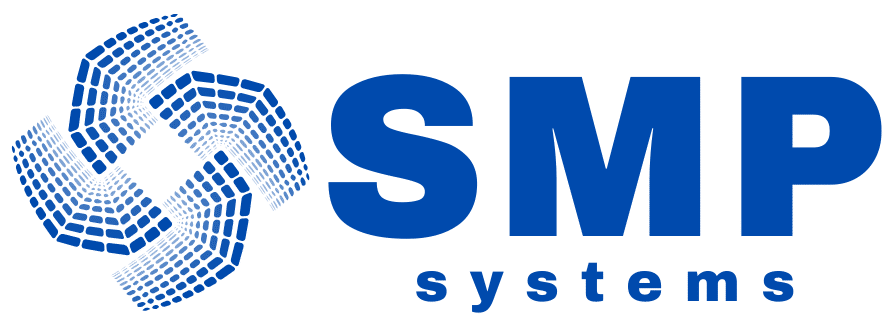
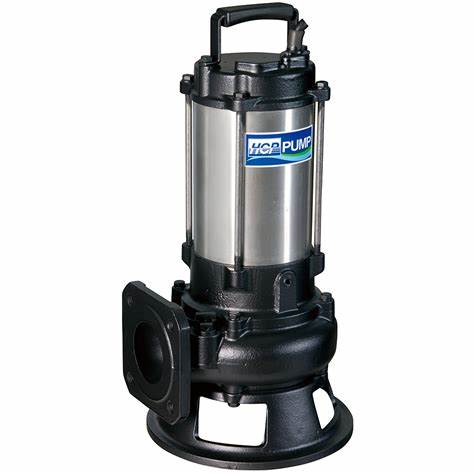
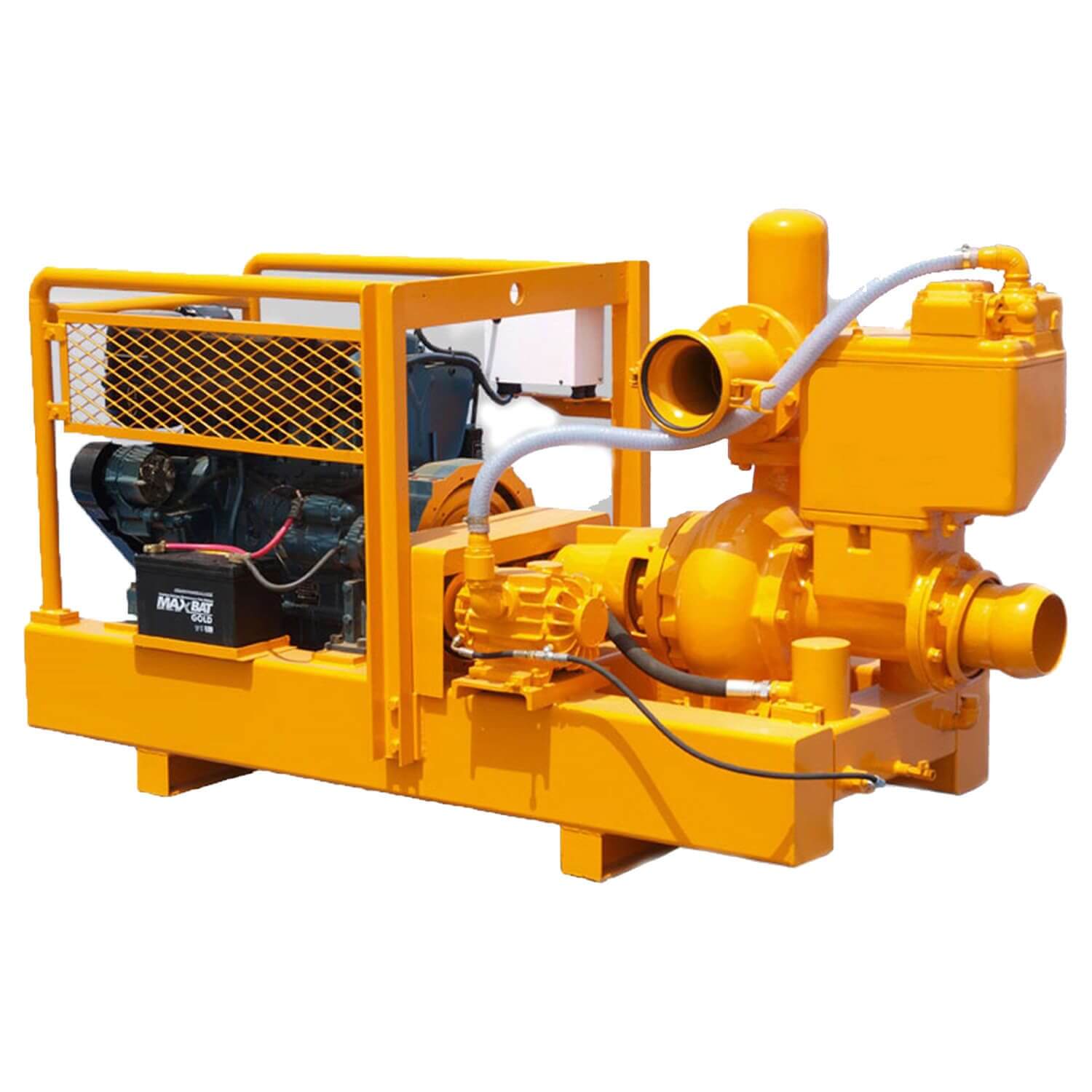
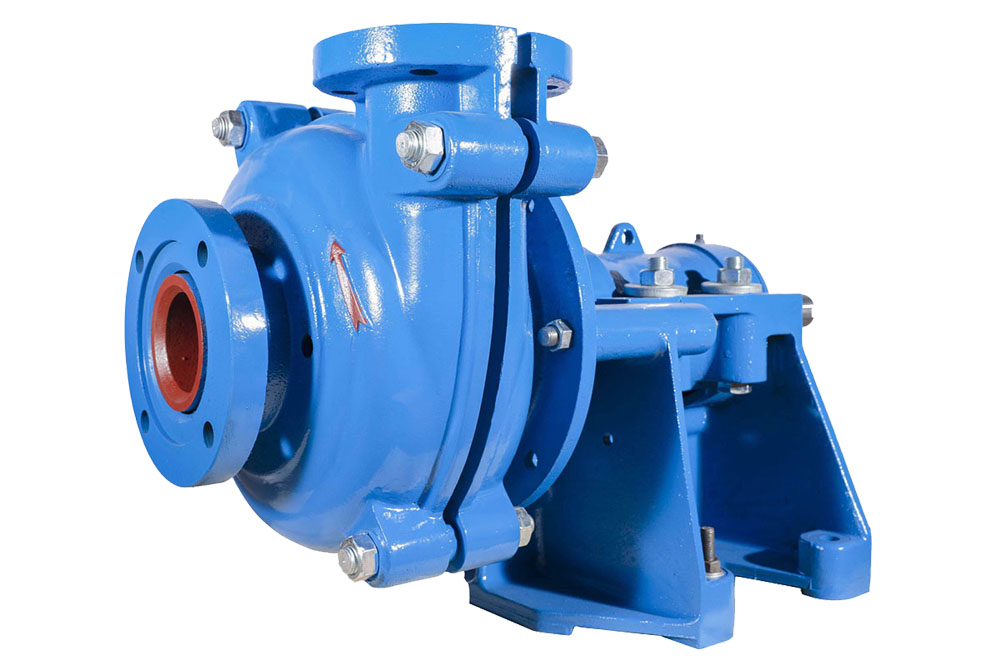
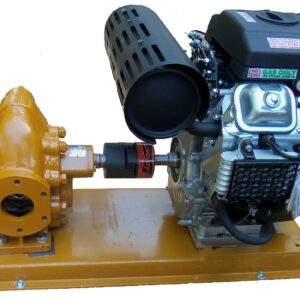
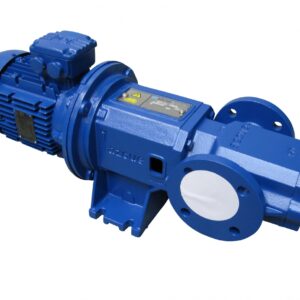

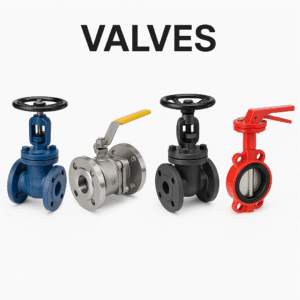
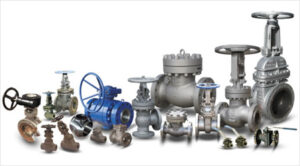
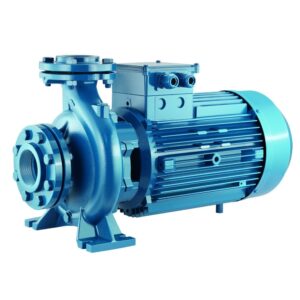
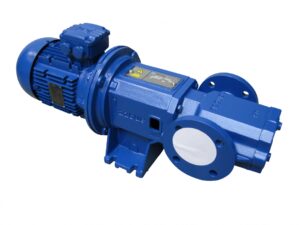
Reviews
There are no reviews yet.